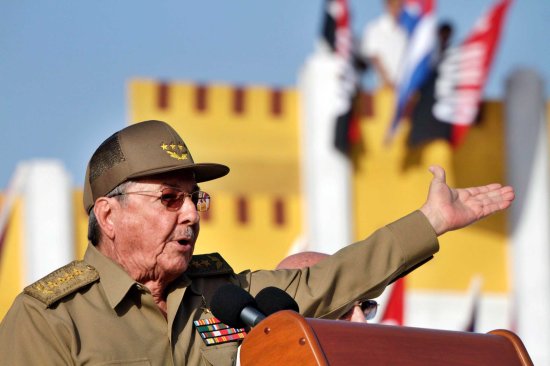
Cuba's evolutionary
“You see me as I am now, happy and free,” a long-haired, 27-year-old Raúl Castro told a LIFE journalist in 1958, as the two bumped along mud roads in an open jeep. “But when I meet the United States consul, I will be very serious indeed.” LIFE was in Cuban rebel territory in the wake of Raúl’s bold kidnapping of 47 Americans, whose release he was about to negotiate in exchange for his own set of demands. The negotiations worked, and the event was a public relations coup for the rebel cause: the charmed “hostages” heartily embraced their captors as they were let go.
[time-brightcove not-tgx=”true”]
Until he shook hands with President Obama, first at the 2013 funeral of Nelson Mandela, then at the Summit of the Americas in Panama City this April, that 1958 meeting in the mountains of Oriente province was very probably the last time Raúl Castro had spoken with a U.S. official. Rumor has it that Fidel disapproved of Raúl’s kidnapping stunt but could do nothing about it. Now that Fidel has transitioned to something like a Cuban Jimmy Carter, preoccupied with nuclear proliferation and climate change, Raúl has taken groundbreaking steps toward normalizing relations with the U.S. Those changes have prefigured Obama’s late-date but also significant efforts, which we can hope will finally end the insulting, cruel and utterly failed 50-year U.S. embargo against the island.
Raúl, I wager, will insist that the U.S. respect Cuba’s right to sustain some form of socialism and protect its main achievements, such as education and universal health care. But the real question is, can Cuba manage to do so, despite the destabilizing influx of foreign capital that will be sure to follow this historic rapprochement.
Kushner is the author of Telex From Cuba and The Flamethrowers